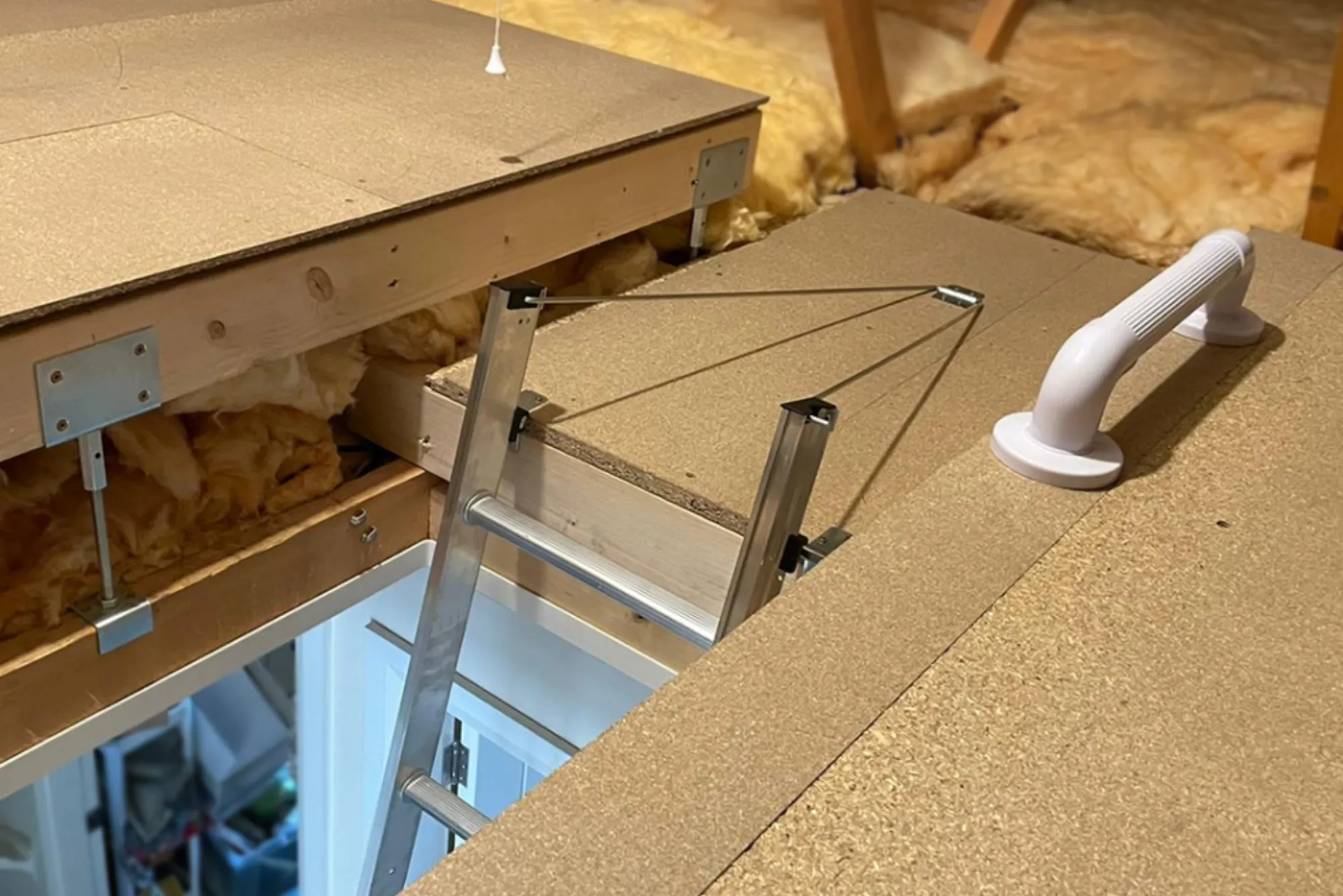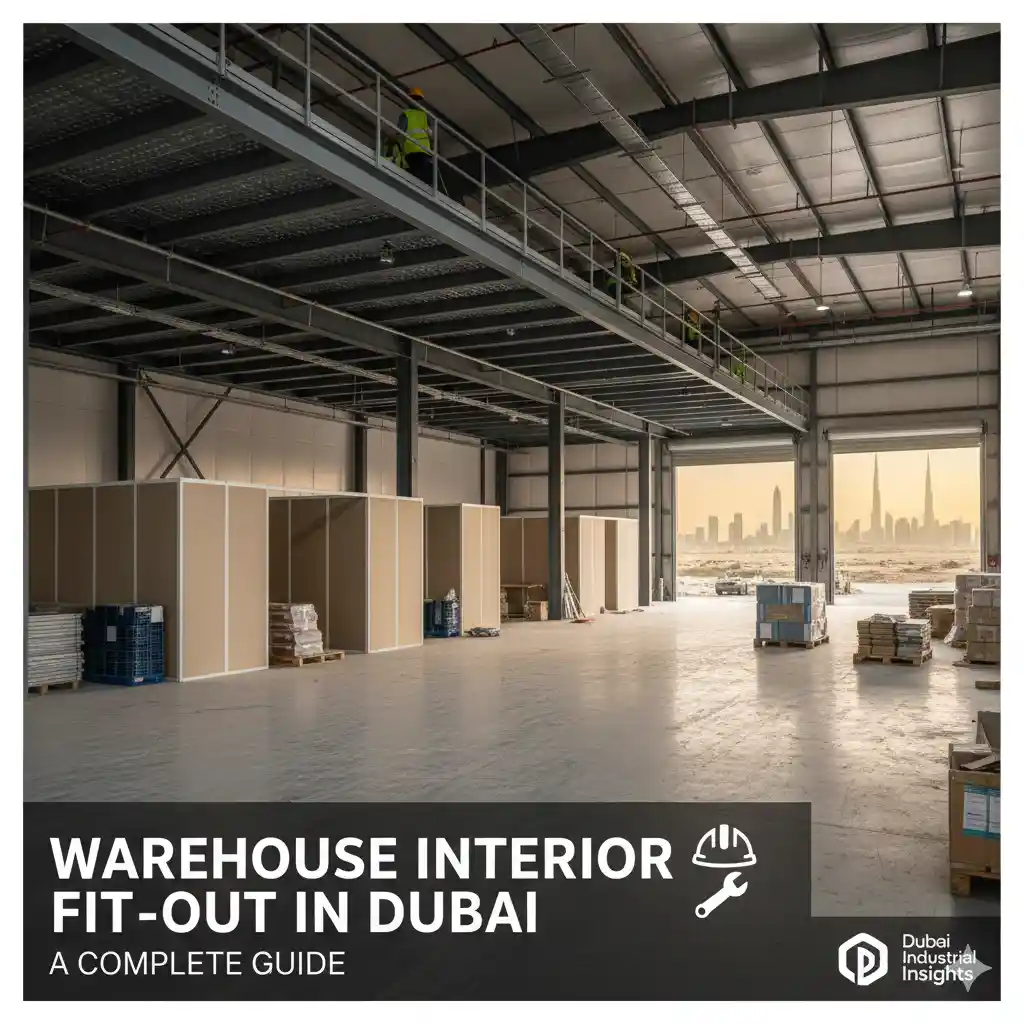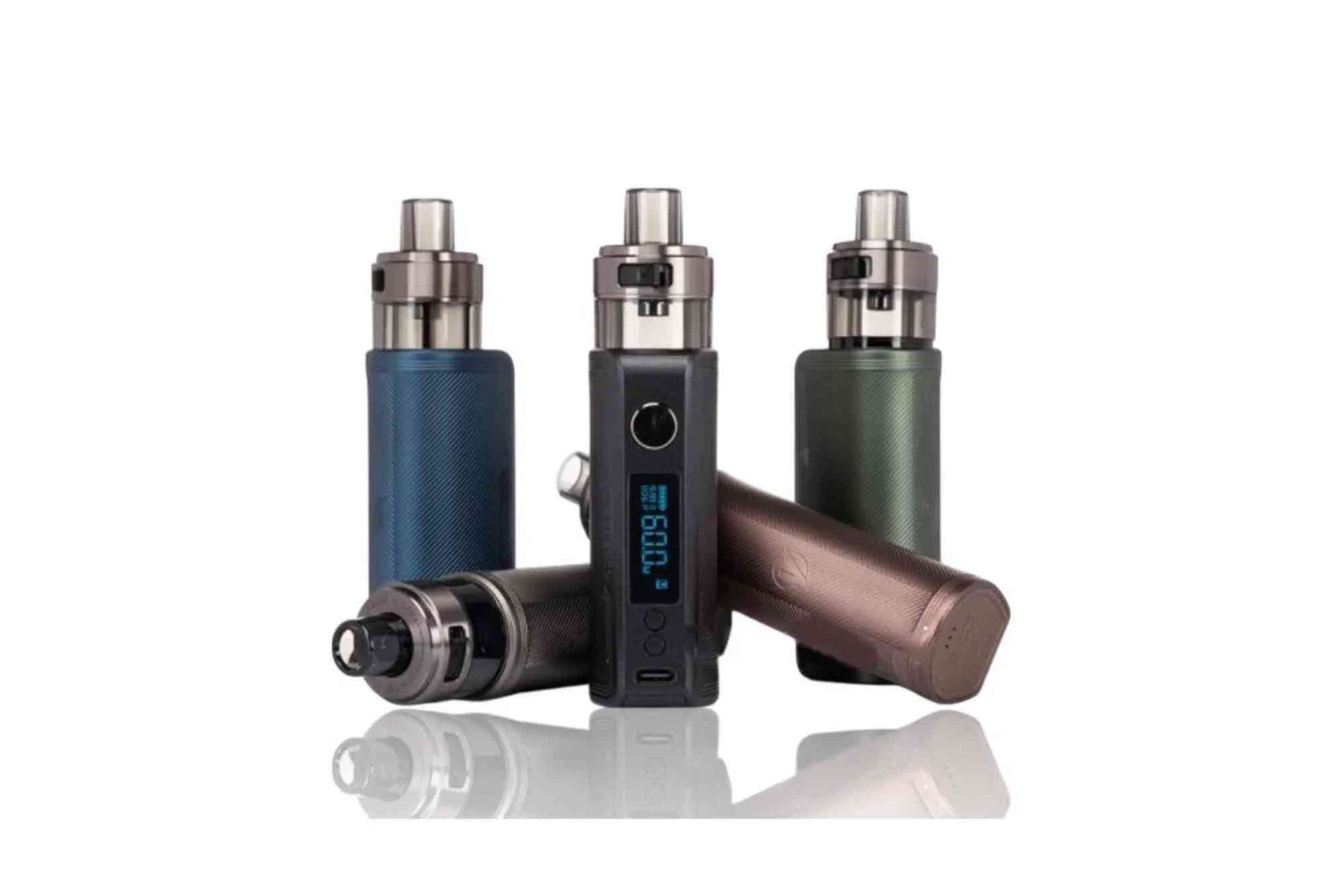Loft boarding, a popular solution for utilizing attic space, offers homeowners an excellent way to create extra storage or living space without the need for costly extensions. However, while loft boarding can be beneficial, it comes with its own set of challenges and potential problems that need to be addressed. In this article, we’ll delve into the common issues associated with loft boarding and explore strategies to mitigate them effectively.
Structural Issues
Loft boarding involves adding flooring to the attic space, which can put strain on the underlying structure if not installed properly. Weight distribution problems can arise, impacting the joists and the ceiling below. To avoid structural damage, it’s crucial to ensure proper weight distribution and adequate support for the loft boarding.
Insulation Problems
Installing loft boarding can compress the insulation in the attic, reducing its effectiveness in maintaining thermal efficiency. Additionally, insufficient insulation in certain areas can lead to heat loss and increased energy bills. It’s essential to take measures to prevent compression of insulation and ensure adequate insulation throughout the attic space.
Ventilation Issues
Proper ventilation is crucial in any attic space, and when loft boarding is installed, it becomes even more critical. Ventilation issues in a loft can lead to a range of problems, including poor air quality, condensation, and dampness, which can ultimately compromise the structural integrity of the property and pose health risks to occupants.
Poor Airflow
One of the primary ventilation issues in loft spaces is poor airflow. When airflow is restricted or insufficient, stale air tends to accumulate, leading to a buildup of humidity and pollutants. This stagnant air not only creates an uncomfortable environment but also increases the risk of mold and mildew growth, which can cause respiratory problems and exacerbate allergies.
To improve airflow in the loft, it’s essential to ensure adequate ventilation openings, such as vents or windows, to allow fresh air to enter and circulate throughout the space. Installing roof vents, soffit vents, or gable vents can help facilitate airflow and maintain proper ventilation levels.
Condensation and Dampness
Inadequate ventilation can also result in condensation and dampness issues within the loft. When warm, moist air from the living space below rises into the attic and comes into contact with cooler surfaces, such as the roof or insulation, it can condense into water droplets. Over time, this condensation can lead to dampness, which not only damages the structural integrity of the attic but also promotes the growth of mold and mildew.
To prevent condensation and dampness in the loft, it’s essential to implement proper ventilation strategies. Adequate airflow helps remove excess moisture from the air, reducing the likelihood of condensation buildup. Additionally, ensuring that insulation is installed correctly and that vapor barriers are in place can help mitigate moisture issues and maintain a dry, healthy environment in the loft.
Accessibity and Safety Concerns
Access points to the loft, such as hatches and ladders, need to be well-designed and properly installed to ensure safe and easy entry. Safety hazards, such as unstable flooring or exposed electrical wiring, can pose risks to occupants. Implementing safety measures and regular inspections can help address accessibility and safety concerns associated with loft boarding.
Electrical and Wiring Problems
Covering electrical wires and fixtures with loft boarding can interfere with electrical systems and pose fire hazards. Proper handling and installation of electrical elements are essential to prevent accidents and ensure compliance with safety regulations. Additionally, adequate lighting in the loft is crucial for visibility and safety.
Legal and Regulatory Issues
Installing loft boarding involves more than just adding flooring to the attic space; it often entails navigating a complex landscape of legal and regulatory requirements. Failure to comply with these regulations can result in fines, legal liabilities, and even the need to remove or modify the loft boarding. It’s essential for homeowners to understand and adhere to relevant laws and regulations to ensure the legality and safety of their loft boarding installation.

Building Regulations
Local building codes and regulations govern various aspects of loft boarding installations, including structural integrity, fire safety, and accessibility. These regulations typically specify requirements for load-bearing capacity, fire resistance, means of escape, and minimum ceiling heights, among other factors. It’s crucial to familiarize oneself with these regulations before undertaking any loft boarding project to ensure compliance and avoid potential legal issues down the line.
Some building regulations may require obtaining permits or approvals before installing loft boarding, especially if the project involves significant alterations to the property’s structure or if it affects the building’s fire safety measures. Homeowners should consult with local authorities or building control departments to determine the specific requirements and procedures applicable to their loft boarding project.
Property Value Impact
The installation of loft boarding can have implications for the value of the property, both positively and negatively. On the one hand, well-executed loft boarding can increase usable living space and enhance the property’s appeal to potential buyers, thereby potentially boosting its market value. On the other hand, improperly installed or non-compliant loft boarding can detract from the property’s value and marketability.
Buyers and lenders may scrutinize the legality and quality of loft boarding installations during property transactions, and non-compliance with building regulations or safety standards could raise red flags and lead to valuation issues. Therefore, homeowners should ensure that their loft boarding installations adhere to relevant regulations and industry best practices to safeguard their property’s value and marketability.
Maintenance and Longevity
Regular maintenance is key to preserving the integrity of loft boarding and extending its lifespan. Damage from wear and tear or external factors should be promptly addressed to prevent further deterioration. Implementing effective repair strategies and conducting routine inspections can help prolong the longevity of loft boarding.
While loft boarding offers homeowners a convenient way to maximize attic space, it’s essential to be aware of the common problems associated with it. By addressing structural, insulation, ventilation, accessibility, safety, electrical, regulatory, and maintenance issues proactively, homeowners can ensure that their loft boarding remains functional, safe, and efficient for years to come.











